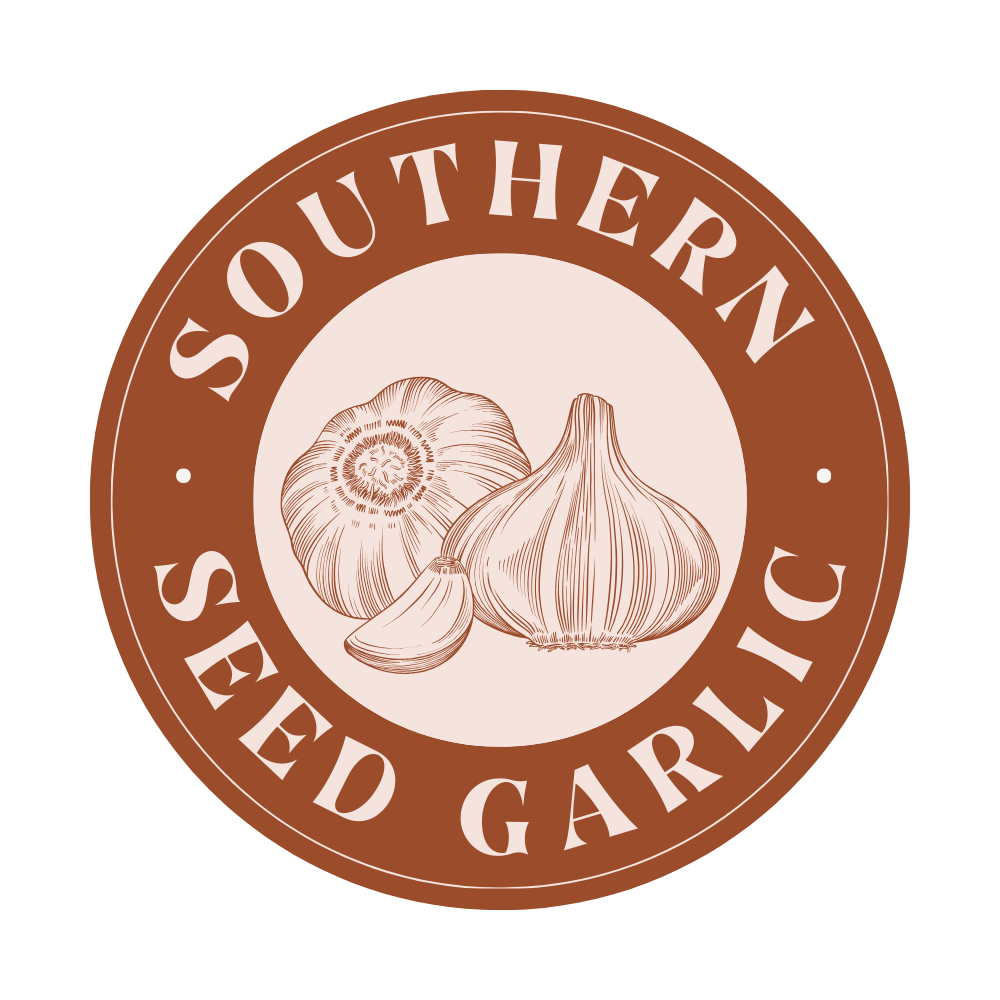Three Tips for Growing Hardneck Garlic in the South
How to Grow Hardneck Garlic in the South
Food critics love hardneck for its rich and complex flavors. Chefs love it for its huge, easy-to-peel cloves. And gardeners enjoy its showy blossoms and scapes in early summer. However, hardneck varieties can be challenging to grow in a hot climate like our southern United States. After a lot of trial and error, here are three of our best tips for growing your own hardneck garlic in the South!
#1. Keep it Cool
Hardneck garlic grows best in cooler climates. If you are growing in the South, anything you can do buffer your garlic from excessive heat it may encounter during late spring and early summer can help your bulbs reach maximum size.
Ideas for keeping your garlic cool include:
~Deep, light-colored mulches. A thick layer of straw can reduce the soil temperature by several degrees.
~Partial shade. In hot climates, garlic can benefit from afternoon and evening shade. Some growers plant in beds beneath deciduous trees, which allow sunlight during the winter but offer shade during the growing season.
~Frequent watering can help reduce temperature. Some growers even do ice water treatments on hot afternoons.
#2. Try Vernalization…& not
Where it is possible to grow garlic WITHOUT artificial vernalization, seed garlic will likely do best if planted directly without pre-refrigeration.. However, where chill hours are too few, then vernalization is the only way to get the garlic to sprout. I suggest first-time growers in deep South zones to plant at least a few cloves that have not been vernalized, and vernalize the rest of their seed. This will help confirm whether your microclimate requires vernalization or not.
#3. Plan to Replenish Seed Occasionally
One significant challenge southern growers encounter with hardneck is its shorter storage life (as compared to softneck). This means there is always a risk of seed stock not making it until the next planting season.
Additionally, since hardneck is less adapted to southern climates, it is likely to downsize over time from poor soil conditions, high heat exposure, or other factors.
Southern growers should plan to replenish their hardneck seed stock every few years from a reputable grower. While softneck garlic—properly grown— can yield an indefinite supply, hardneck may be more of a “guest” crop in the southern garden, and require help from outside stock to keep the garlic growing.
Planting varieties with proven southern adaptability is also important for getting the best harvest possible. Some of our favorite hardneck varieties that we have tried here in Arkansas include Ivan, Romanian Red, and Russian Inferno. If you have not experienced the flavor and size of hardnecks, they are worth giving a try!
Let us know if you have other questions we can answer, and thanks for visiting!




